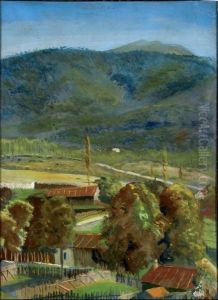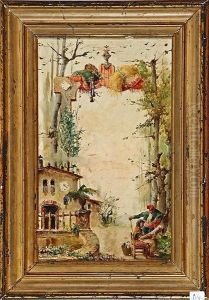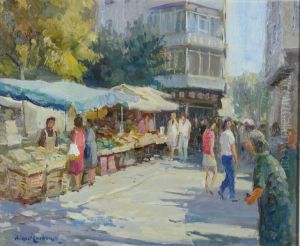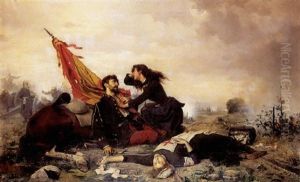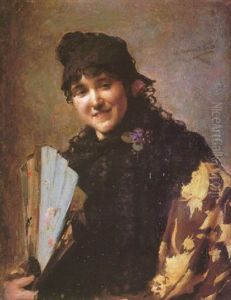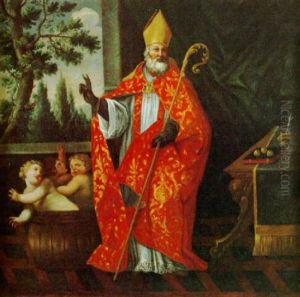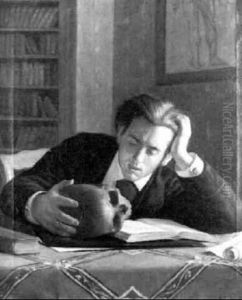Miguel Carbonell Y Selva Paintings
Miguel Carbonell y Selva was a Spanish painter, born in Valencia in 1854. He developed a keen interest in art from an early age and pursued his passion by studying at the Real Academia de Bellas Artes de San Carlos in Valencia, where he was taught by notable artists such as Gonzalo Salvá and Francisco Domingo Marqués.
His early work was influenced by his teachers and the prevailing academic style of the period, which often focused on historical and mythological themes. However, Carbonell's work soon began to reflect his personal interests in the everyday lives of people, which became a hallmark of his artistic expression.
In the 1870s, Carbonell moved to Madrid, where he continued his studies at the Real Academia de Bellas Artes de San Fernando. During this period, he came into contact with a wider circle of artists and was exposed to new artistic trends. Carbonell's work started to gain recognition, and he participated in national exhibitions where he received accolades for his paintings.
One of the key aspects of Carbonell's work was his focus on realism and the social context of his time. He depicted scenes of contemporary life with a sensitive and often critical eye, addressing themes of poverty, social inequality, and the struggles of the working class. His ability to capture the nuances of light and shadow, as well as his skillful portrayal of textures and materials, brought his paintings to life and earned him a reputation as a master of realism.
Unfortunately, Miguel Carbonell's career was cut short by his untimely death in 1896. Despite his relatively brief life, he left a significant mark on Spanish art, particularly in the realm of social realism. His works remain a testament to his talent and his commitment to depicting the world around him with honesty and compassion.
